Species to Look Out for While Diving in Raja Ampat
In 2001 the first comprehensive scientific survey of Raja Ampat was conducted by Conservation International. This record-breaking census recorded almost 1,000 species of tropical fish, some previously unrecorded anywhere in the world. If you are a diver or marine photographer and this doesn’t make you want to jump on a plane to Indonesia right now, I don’t know what will.
So what makes Raja Ampat the perfect location for all these incredible marine species to flourish?
Located at the intersection of the Indian Ocean and the Pacific Ocean, Raja Ampat is at the centre of powerful deep-sea currents, which carry nutrients into the area, creating the perfect ecosystem for marine life to thrive in. This is why 75% of the world’s coral species can be found in Raja Ampat, as well as 5 species of rare and endangered turtles, 13 marine mammals and much more!
Raja Ampat is also a remote region of Indonesia and has a relatively small population compared to other parts of the archipelago. Fishing is mainly done in the traditional style with either hooks and reels or spears meaning there is less over fishing and other negative effects due to human intervention.
Which species should you be looking out for while diving in Raja Ampat?
Some of the most sought-after species to get a close up look at in Raja Ampat are the most rare, for example the shy and gentle dugong. Dugongs live solitary lifes in the wild, so they can be very difficult to spot despite the fact that they can weigh up to 420kg! Seeing a dugong in the wild is a rare and wonderful experience, and they are often spotted off the house reef at Papua Paradise Eco Resort.
Sea turtles of many species are quite common in Raja Ampat, but dwindling numbers of the critically endangered hawksbill turtle makes it one of the most exciting species to see. These turtles feed on the soft corals and sponges that flourish close to the shorelines of the islands. These majestic animals are really a site to behold, and being in the water with them is a very special feeling indeed.
There are also a huge number of fish, eel and shrimp species that are endemic to Raja Ampat. Keep your eyes peeled for the Papuan garden eel with its giraffe-like spots, Cendrawasih mantis shrimp, and of course Papua walking sharks, the odd bottom-feeding sharks that use their pectoral and pelvic fins to ‘walk’ across the seabed.
The Importance of Conservation in Raja Ampat
With all these thousands of species in Raja Ampat it is incredibly important that the area is protected from over-development, damaging fishing methods and logging, mining and oil exploration. Thankfully, there are many agencies working with the Indonesian government to ensure the safety of the area and all the important marine life within it.
Papua Paradise Eco Resort also adheres to strict conservation guidelines and works with the local community to keep the beaches and waters pristine. This is not an easy task, but locals and staff all understand the importance of the policies and respect them on land and underwater.
What species would you be most excited to see while diving in Raja Ampat? Let us know in the comments below.

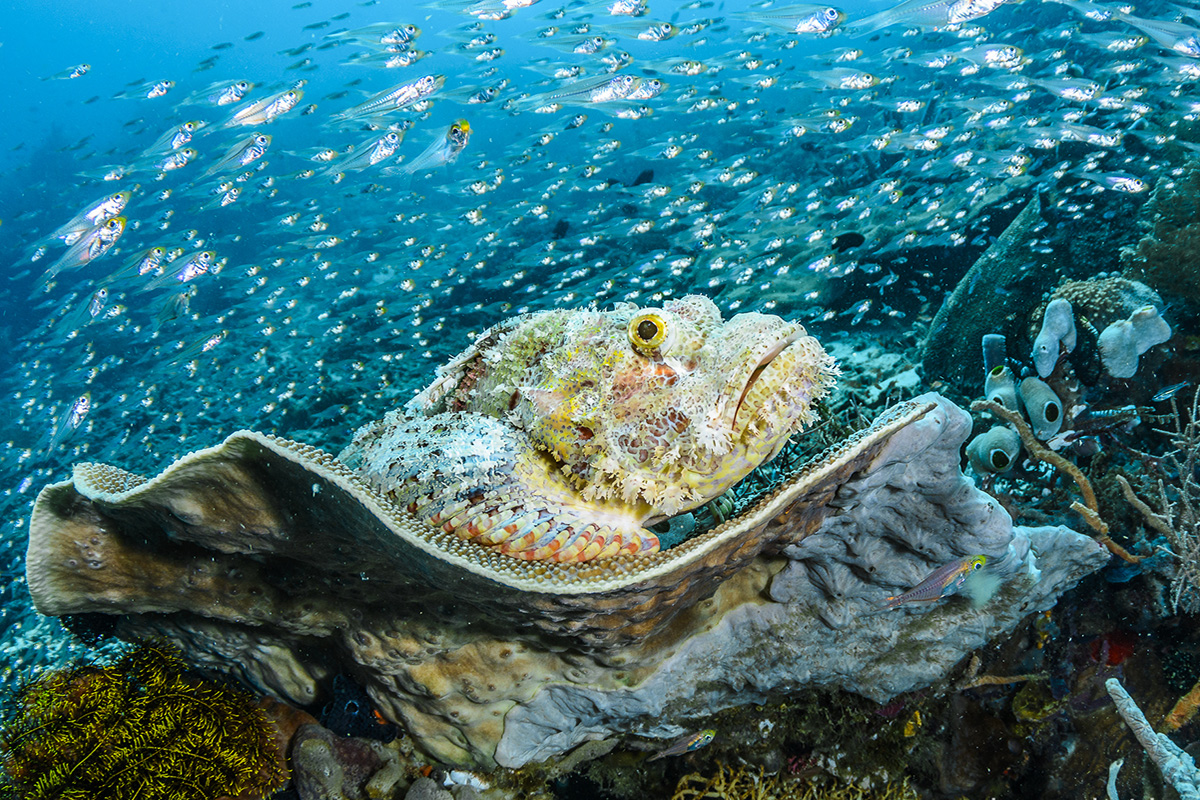
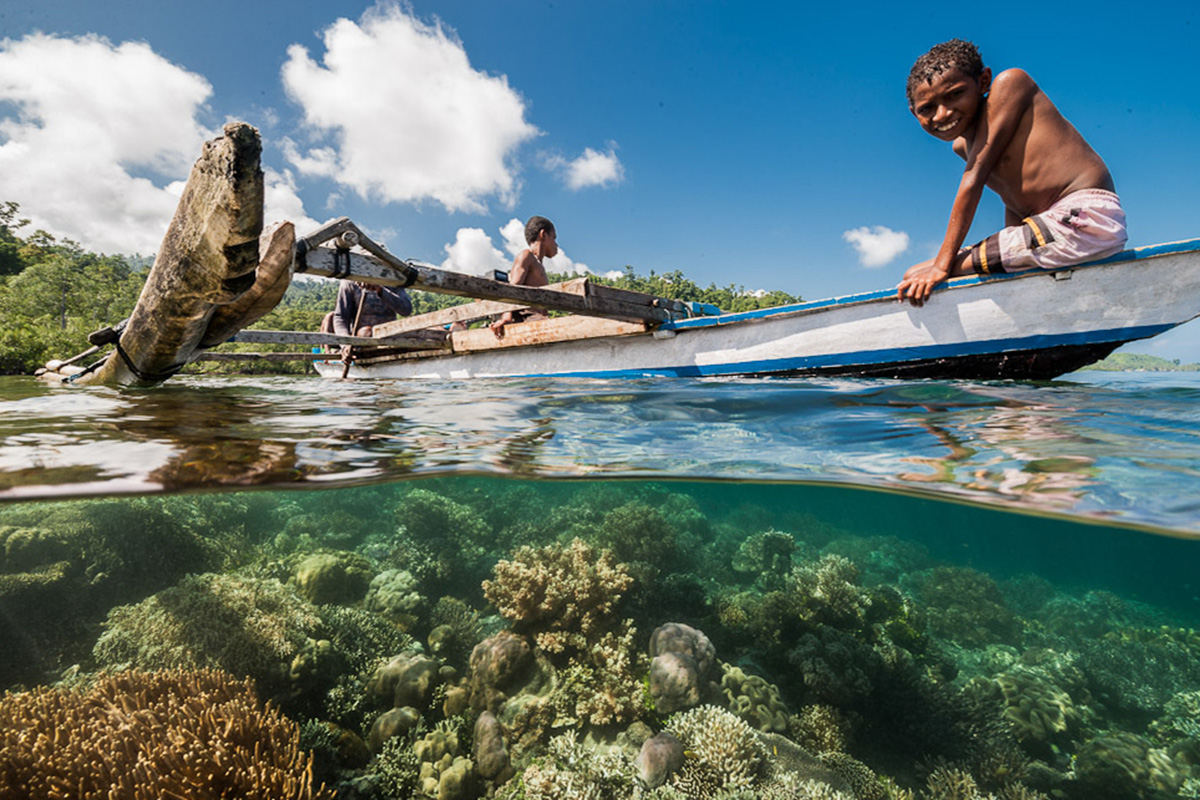

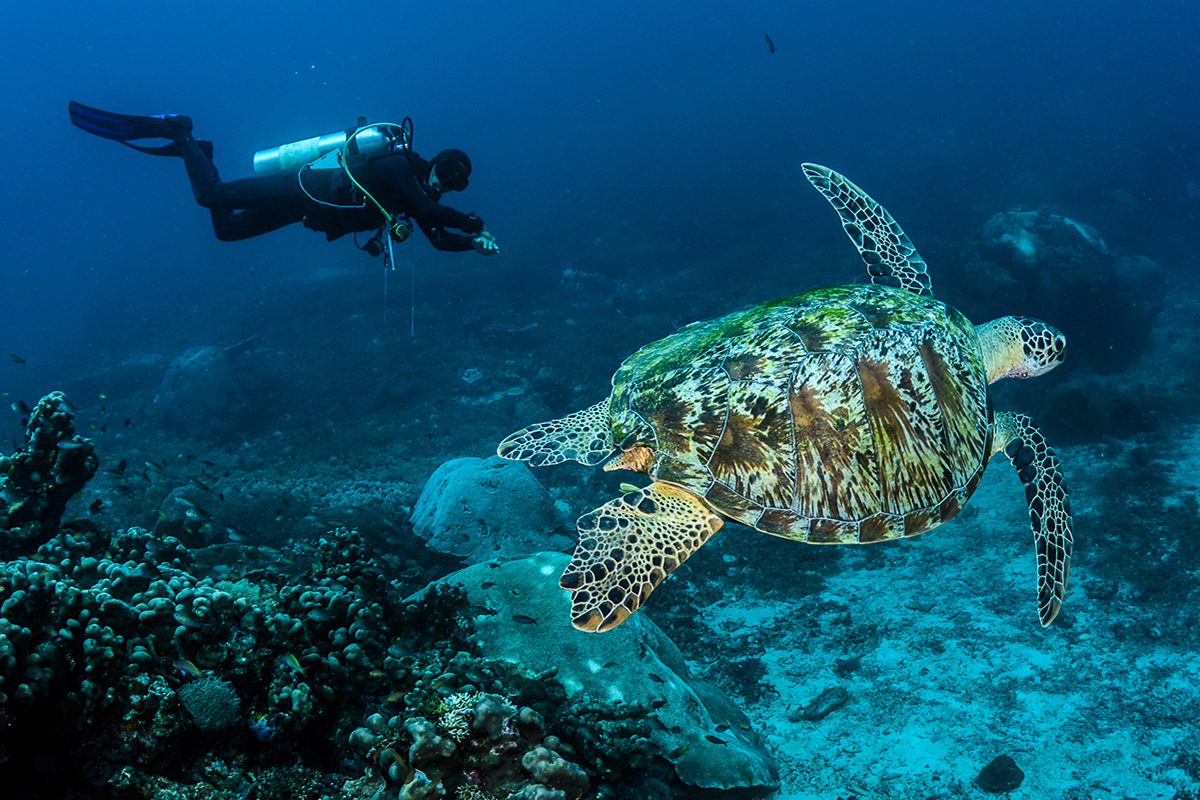
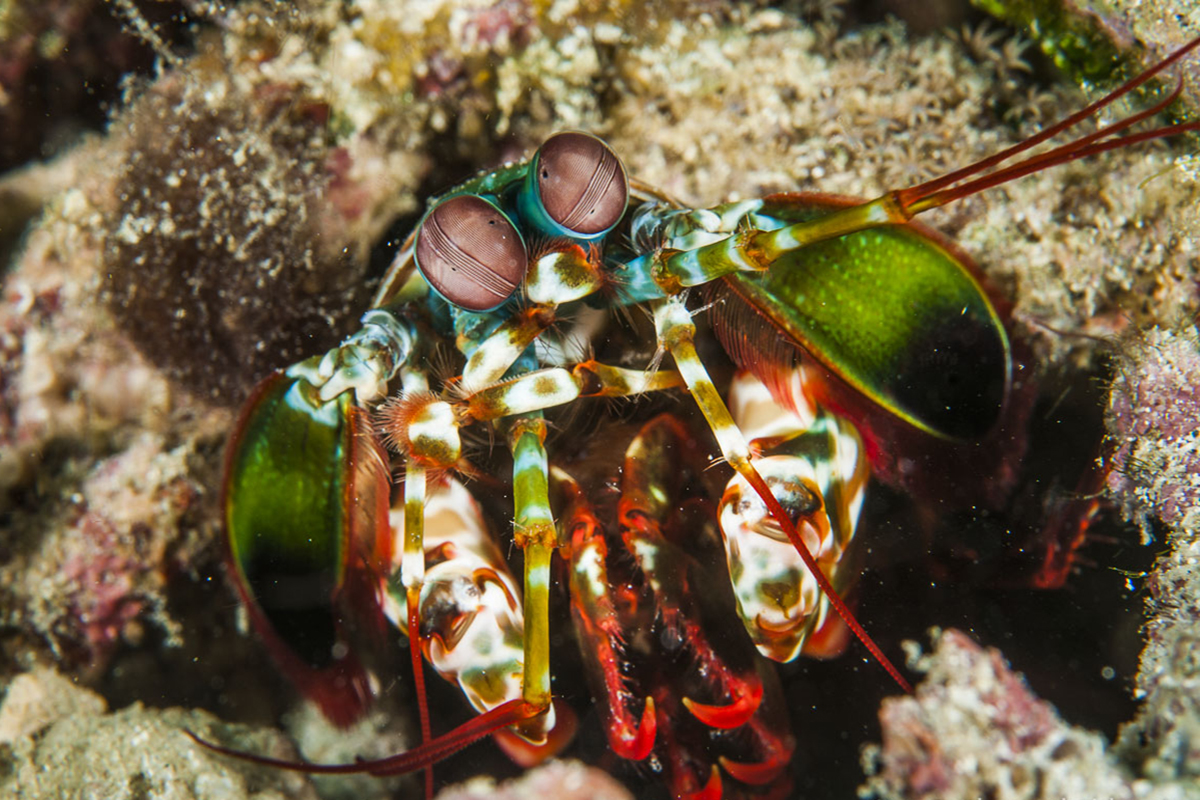
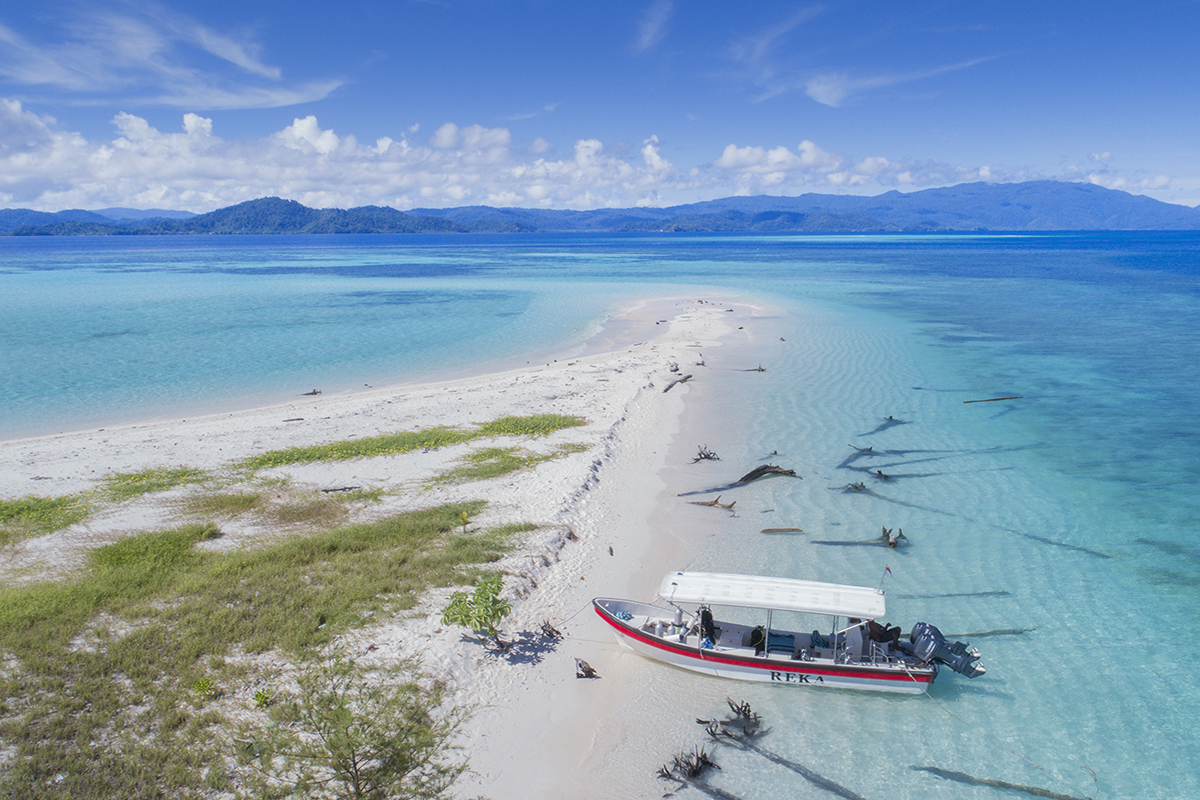
4 Comments
Raja Ampat is no doubt number 1 when it comes to diving in the world, it virtually has it all…
Wobigong shark, flamboyant cuddlefish, blue ringed and mimic octopus
What is early October like for diving in Raja please?
Hi Pete, we recommend you the read this article http://www.papuaparadise.com/news/when-is-the-best-time-to-dive-in-raja-ampat